Coah
(ca. 1789 – 1862)
Little is known of the early life of Coah, an African who was enslaved by James Dinsmore, except that he was the only slave belonging to Dinsmore that was actually born in Africa. A letter from Sally Flandrau to her sister, Patty, when the former was in Europe, refers to a man in the hotel as being similar to Coah, “a good looking very black boy in a bright red fez with the marks of his tribe cut into his cheeks as mommy says Uncle Coah had.”1 This type of tattoo was relatively common among groups in West Africa, allowing them to be stereotyped by slave-hunting Europeans and Americans who tried to read behaviors into an entire ethnic group in an effort to make more profitable purchases. Thus, groups like the Aradas, for instance, were considered to be “the best all-around slaves because they were said to be docile, faithful, and hardworking.”2 It is likely that Coah was shipped from West Africa to Louisiana when still young, making him extremely lucky to have survived the treacherous Middle Passage.
Eventually, Coah was purchased by John or Stephen Minor, who had several plantations in Louisiana and Mississippi. Although marriages between enslaved African Americans had no legal support, slaveholders considered marriage and the creation of families as a positive good because the husband or father was less likely to run away than the single, unattached male. Economically, then, marriage made sense and both enslavers and the enslaved came to accept casual ceremonies, such as having the couple jump over a broomstick, to seal a marriage agreement. When James Dinsmore and John Minor purchased land in Louisiana from James Bowie, Coah was one of Minor’s slaves that went to work on the new sugar cane plantation, Bayou Black. For $500, James purchased the fifty-two-year-old man for his own on December 6, 1841, when he was getting ready to move to Kentucky for good.
By this time, Coah had married another enslaved African American named Winny. Winny had been the cook for the Dinsmore family on Bayou Black but had earlier been owned by James’ uncle, Silas Dinsmoor, when he lived near Natchez. When James moved his family to Boone County in 1842, Winny was sent to live with Silas and his family. In his new surroundings, Coah and his wife would be separated by only a mile, but they would not be able to share a house together and would only see each other from Saturday afternoon to Sunday evening.
Upon reaching Kentucky, Coah joined the Middle Creek Baptist Church with some of the other enslaved African Americans. The labor that he provided for James, mostly wage-free, consisted of logging, sawing, putting up fences, preparing land for planting, and working in the garden, vineyard, and orchard. Occasionally, James paid Coah for logging – perhaps depending on who was purchasing the logs – and he also paid him for peeling osier willows. Like the other enslaved African Americans, Coah raised chickens, pigs, and his own vegetables, occasionally selling these to James and Martha or the other slaves.
On September 15th or 16th, 1862, Coah died at the approximate age of seventy-three. James went to Lawrenceburg and bought a shroud for the African to be buried in, for the price of $2.50. Presumably, since James did not purchase a coffin as he did for other African Americans, Coah had requested only a shroud. This was most likely a tradition that helped Coah to link himself with his past. He was buried in the family graveyard and we believe that his grave is on the end toward the river, covered by a large flat rock, another practice he may have remembered from childhood. James apparently did not intend to leave Coah’s burial site a mystery; when the man died James actually wrote an epitaph for both Coah and Winny, who had died about ten years previously. He just never got around to doing anything about having the epitaph engraved on stone. Only the epitaphs, written on a small piece of paper in James’ handwriting, remain to remind us of Coah and Winny. These phrases reflect the racial biases of slaveowners who equated African American identities with servitude. James, however, seems to have made an effort to recognize the personal wishes of his faithful servant, despite his failure to fully realize that recognition.
“In memory of Coah,
a native of Africa,
a good & faithful servant
who has entered into the joy of his Lord.”
“In memory of Winny,
wife of Coah,
for many years a kind & faithful nurse,
affectionately remembered by those she served.”3
1 Sally Flandrau to Patty F. Selmes, January 1890.
2 Robert Harms, The Diligent: A Voyage Through the Worlds of the Slave Trade (New York: Basic Books, 2002), 160.
3 MS 1018, SG13, file 9, Arizona Historical Society.
